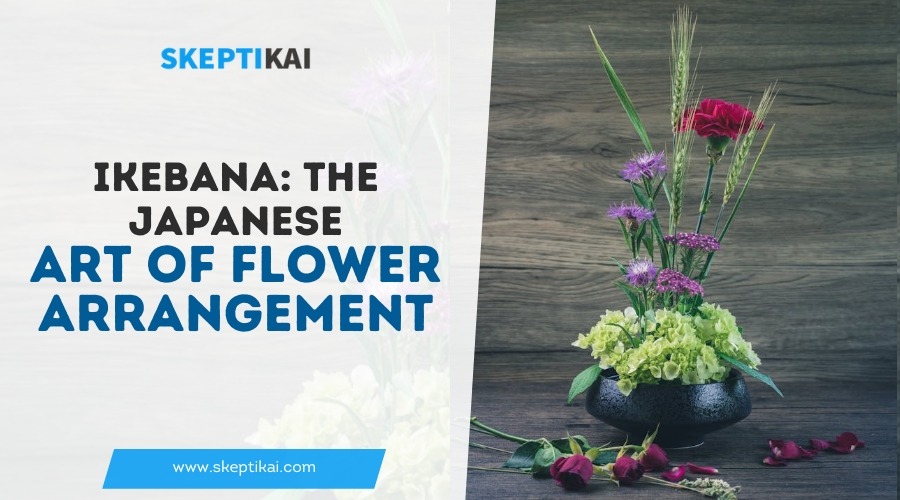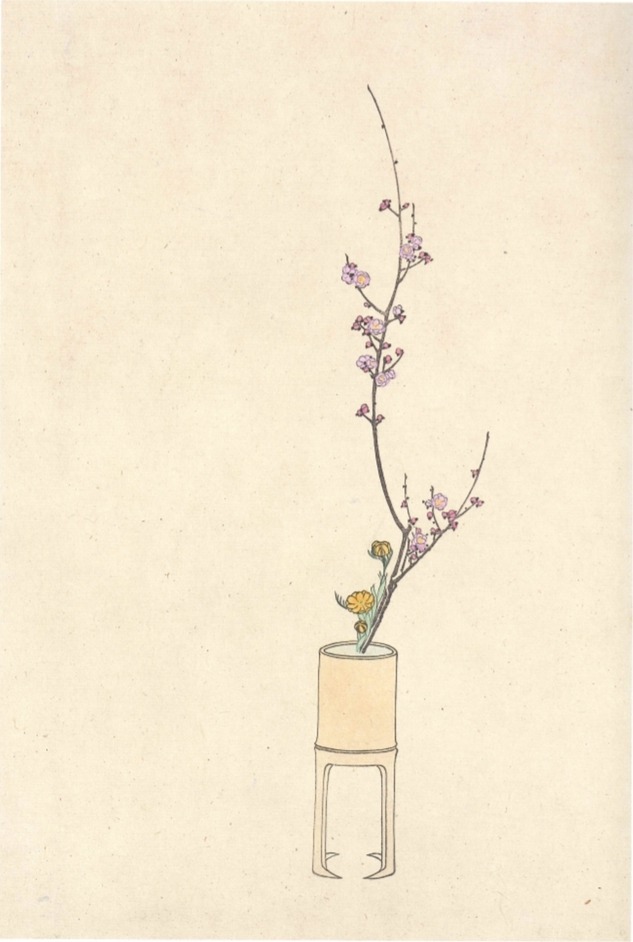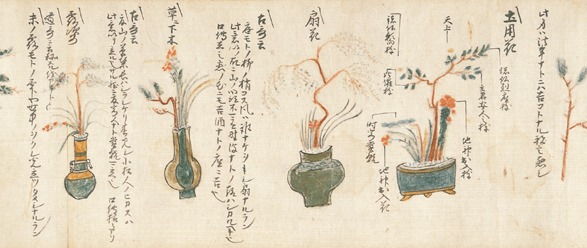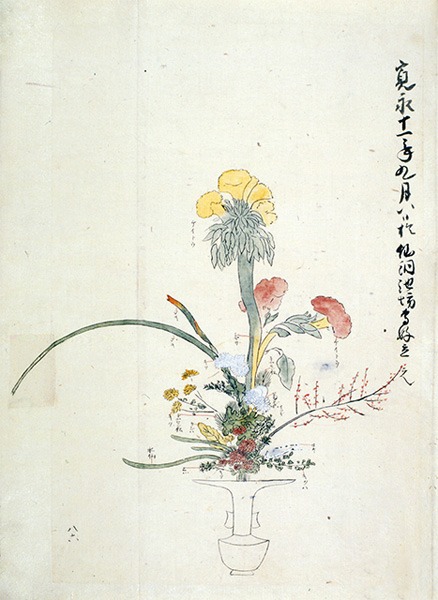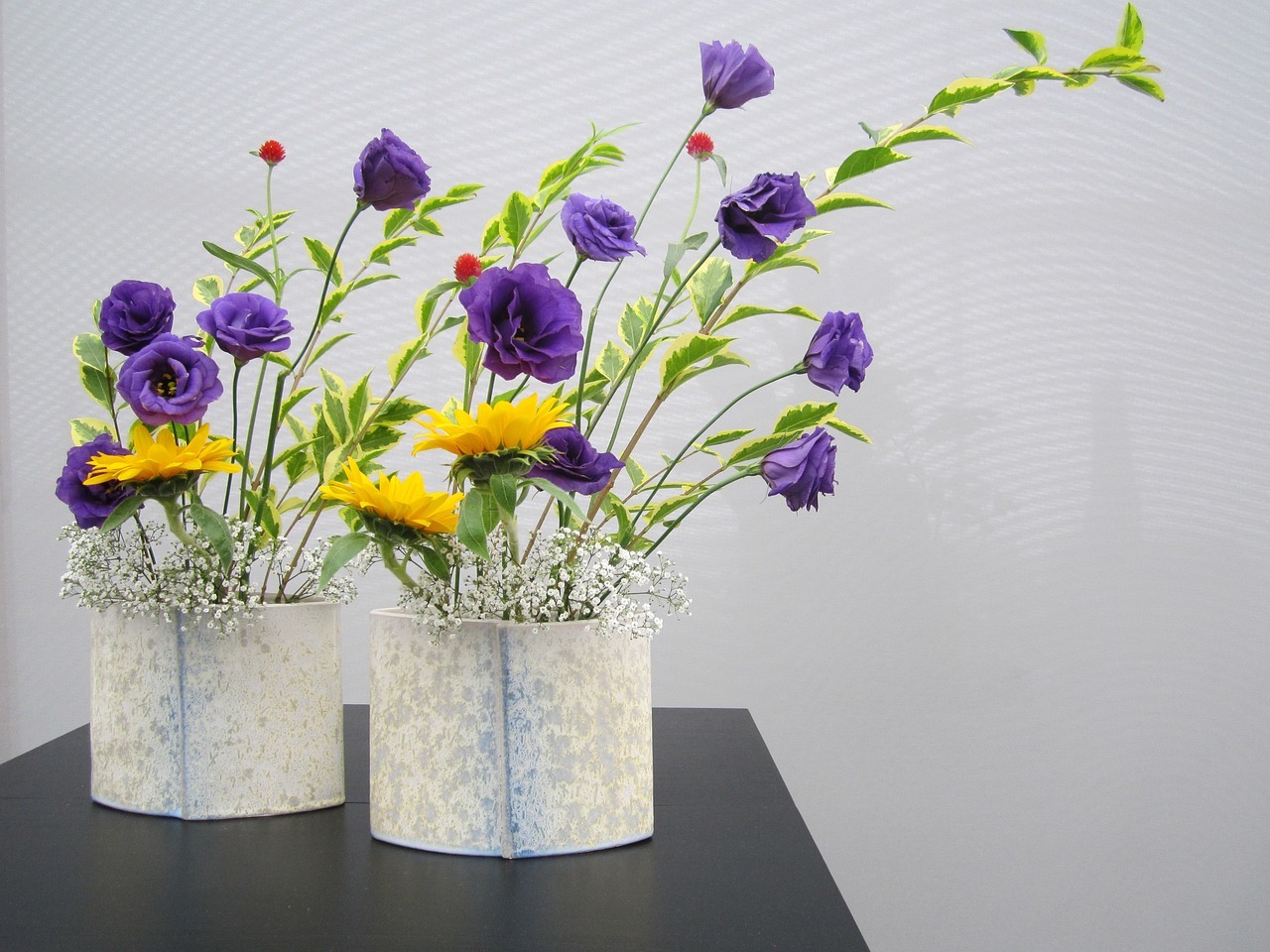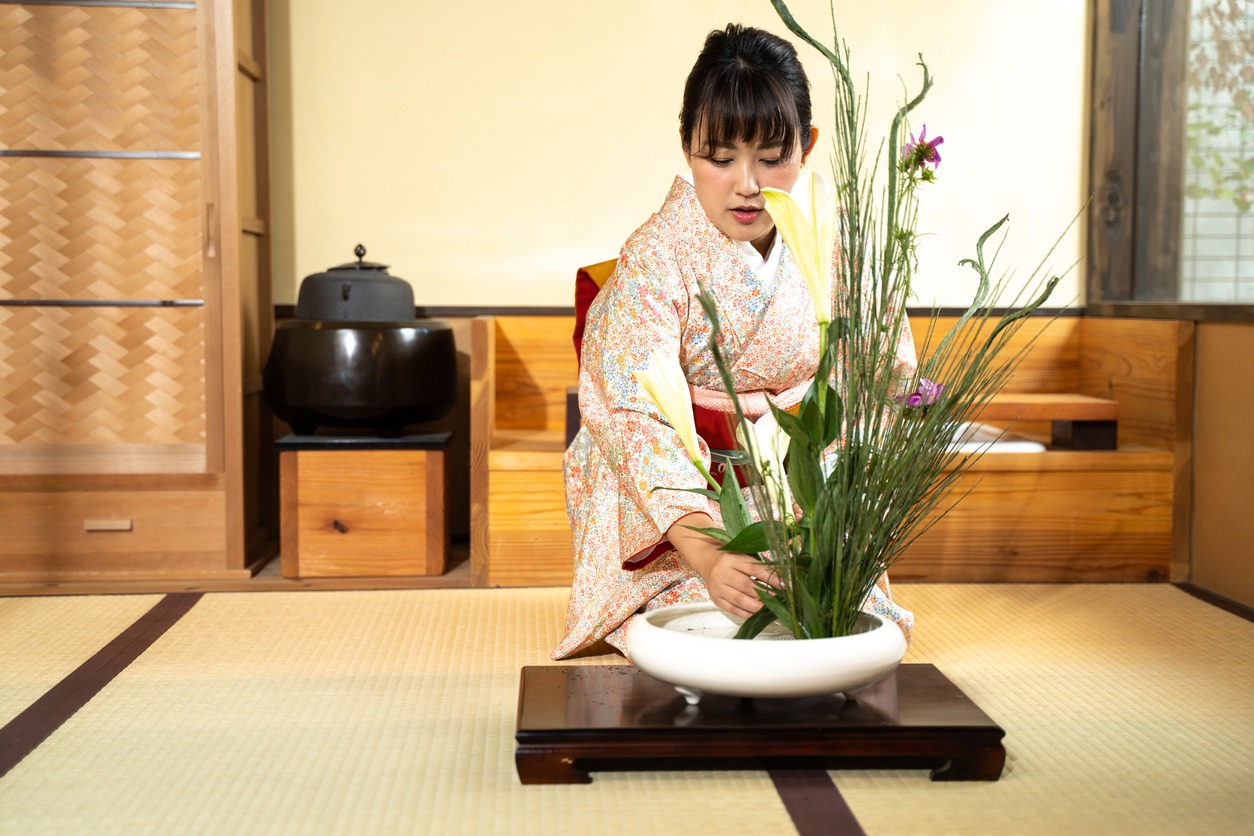Did you know that over 15 million people worldwide practice Ikebana, the Japanese art of flower arrangement? This centuries-old tradition emphasizes not just the beauty of the arrangement, but also the process of carefully selecting and placing each element. It’s an exercise in mindfulness and an exploration of the relationship between nature and humanity.
As you consider the simplicity and depth of Ikebana, you might find yourself curious about how its principles can influence not only your appreciation of nature but also aspects of daily life. Let’s explore what makes Ikebana so captivating and how it remains relevant in our fast-paced world.
The Origins of Ikebana
Ikebana, also known as kado, began in the sixth century as a way to honor Buddha through the simple arrangement of flowers. This Japanese art has deep roots in appreciating landscape and nature, reflecting ancient Japan’s profound connection with its surroundings. As you delve into its origins, you’ll discover that ikebana isn’t just about arranging flowers; it’s a philosophical journey that emphasizes simplicity, elegance, and a deep respect for nature.
Over time, ikebana evolved from a religious practice into a formalized art, flourishing alongside other cultural arts like chado (tea ceremony) and kodo (incense appreciation) during the 15th and 16th centuries. By the 18th century, it had become a popular leisure activity, embraced by many as a way to bring the beauty and serenity of nature indoors. Initially dominated by men, the art form’s journey from its spiritual beginnings to a widely appreciated practice showcases its versatility and enduring appeal.
Understanding ikebana’s origins gives you insight into the Japanese philosophy that views nature not just as a source of beauty, but as a partner in creating art that embodies harmony and elegance.
Principles and Practices
At its core, the practice of Japanese flower arrangement, or ikebana, centers around minimalist aesthetics, where each choice of element and its placement is deliberate and reflective. This art isn’t just about assembling flowers; it’s a thoughtful process that requires a mindful approach to the natural beauty around you.
The principles and practices of ikebana involve:
- Minimalist Aesthetics: Embracing simplicity, ikebana arrangements usually contain between 5 to 13 stems. This limitation encourages you to focus on the beauty and balance of each element, crafting a harmonious display that speaks volumes through its understated elegance.
- Deliberate Selection of Elements: Each flower, branch, and leaf is chosen for its shape, line, and color. You’re encouraged to collect items from nature that evoke emotions, stirring curiosity or joy.
- Intentional Curation: Drawing inspiration from the KonMari Method™, ikebana emphasizes the importance of choosing elements that ‘spark joy’. This selective process ensures that your arrangement isn’t only beautiful but meaningful.
- Mechanics of Design: The use of shallow vessels and kenzan (flower frogs) to hold stems in place highlights the structural aspects of your arrangement, allowing for creative expression within the mechanics of design.
Ikebana is more than just the Japanese art of flower arrangement; it’s a deliberate selection and reflective process that marries minimalist aesthetics with intentional curation and the mechanics of design.
Key Ikebana Styles
What defines the beauty and diversity of ikebana are its key styles, each offering a distinct approach to the art of Japanese flower arrangement. You’ll find that each style caters to different preferences and interpretations, making ikebana a versatile and inclusive form of artistic expression.
Rikka, the traditional and formal style, symbolizes landscapes and natural elements, embodying the grandeur of nature in a composed arrangement. Seika, on the other hand, emphasizes minimalism and balance, providing a simplified yet profound perspective on ikebana. Moribana introduces a contemporary twist with its freer arrangements in shallower containers, allowing for more creative flexibility. Free Style, as the name suggests, breaks away from traditional rules, encouraging personal expression and experimentation in ikebana design.
These key styles form the foundation of various ikebana schools, each promoting a unique aspect of Japanese flower arranging. Whether you’re drawn to the structured beauty of Rikka or the innovative freedom of Free Style, there’s a place for your creative expression within ikebana.
| Style | Characteristic |
|---|---|
| Rikka | Traditional, symbolizes nature |
| Seika | Minimalist, focuses on balance |
| Moribana | Contemporary, freer arrangements |
| Free Style | Encourages creativity, breaks rules |
Selecting Materials
Having explored the key styles, let’s focus on the art of selecting the right materials for your Ikebana arrangements. The beauty of Japanese flower arrangements lies in the freedom to express yourself through nature. As a floral artist, you’re not bound by strict rules on what to use, offering a unique canvas to showcase your creativity.
When you’re gathering materials, consider these four key aspects:
- Diversity: Incorporate a variety of elements such as flowers, leaves, grass, branches, or twigs. This mix adds depth and texture to your Ikebana arrangements.
- Emotional Connection: Choose materials that resonate with you emotionally. The items should spark joy or evoke curiosity, making the arrangement more meaningful.
- Seasonality: Pay homage to the changing seasons by using seasonal flowers or plants. This not only celebrates nature’s cycle but incorporates fresh, available materials. Cherry blossoms, for instance, could add a captivating touch to your spring arrangements.
- Freedom of Choice: Remember, in Ikebana, there are no restrictions on the different types of materials you can use. This liberty allows you to explore various combinations and express your connection with nature uniquely.
Ikebana Tools and Techniques
Diving into the world of Ikebana, you’ll need specific tools and techniques to bring your floral visions to life. The art isn’t just about putting flowers in a vase; it’s a thoughtful process using a variety of tools and precise techniques to create balanced, harmonious arrangements.
| Tool/Technique | Purpose | Ikebana Element |
|---|---|---|
| Sharp shears | To make clean cuts, ensuring healthy stems | All elements |
| Flower frog | To provide support and maintain angles for stems | Shin, Soe, Hikae |
| Shallow vessel | To hold water and complement the arrangement | Base |
| Clipping underwater | To prevent air bubbles, ensuring longevity | All elements |
| Positioning at angles | To create depth and perspective in arrangements | Shin, Soe, Hikae |
The process involves more than just these tools; mastering the techniques such as balancing the Shin (tallest element), Soe (secondary element), and Hikae (complementary element) is essential. The vessel, typically just deep enough to hold water, plays a crucial role in the overall aesthetic. Remember, patience and practice are key to mastering these Japanese floral techniques, turning your flower arrangements into a form of expressive art.
Ikebana in Modern Culture
After exploring the essential tools and techniques of Ikebana, let’s examine its vibrant role in modern culture. Ikebana, the Japanese art of arranging flowers, isn’t just about putting blooms in a vase; it’s a deeply rooted practice with different meanings and an aesthetic that’s evolved over centuries. Today, it’s fascinating to see how Ikebana fits into, and indeed thrives within, modern culture. Here’s how:
- Global Popularity: Ikebana has crossed borders, featuring in art exhibitions, museums, and media worldwide. This global presence underscores its universal appeal and adaptability to different cultural contexts.
- Contemporary Workshops: Offering a blend of meditation and creativity, Ikebana workshops attract enthusiasts globally. These sessions often incorporate contemporary elements, showcasing Ikebana’s evolution and its embrace of modern aesthetics.
- Innovative Masters: Figures like Sofu Teshigahara have pushed the boundaries of traditional Ikebana, integrating modern elements that ensure the art remains fresh and relevant.
- Pop Culture Influence: Ikebana’s appearance in manga, anime, and films highlights its ongoing influence and relevance, bridging traditional art with contemporary entertainment.
Ikebana’s adaptation and evolution reflect its enduring essence in modern culture, proving that the ancient art of arranging flowers continues to captivate and inspire across generations.
Conclusion
In wrapping up, Ikebana isn’t just about arranging flowers; it’s a journey into mindfulness and connection with nature. You’ll discover joy in simplicity, learning that each element in your arrangement holds deep significance. As you explore this art, remember it’s rooted in centuries of tradition yet thrives in modern culture.
So, grab your shears and let your creativity flow. Ikebana isn’t merely a practice; it’s a pathway to finding beauty in every moment and harmony with the world around you.
